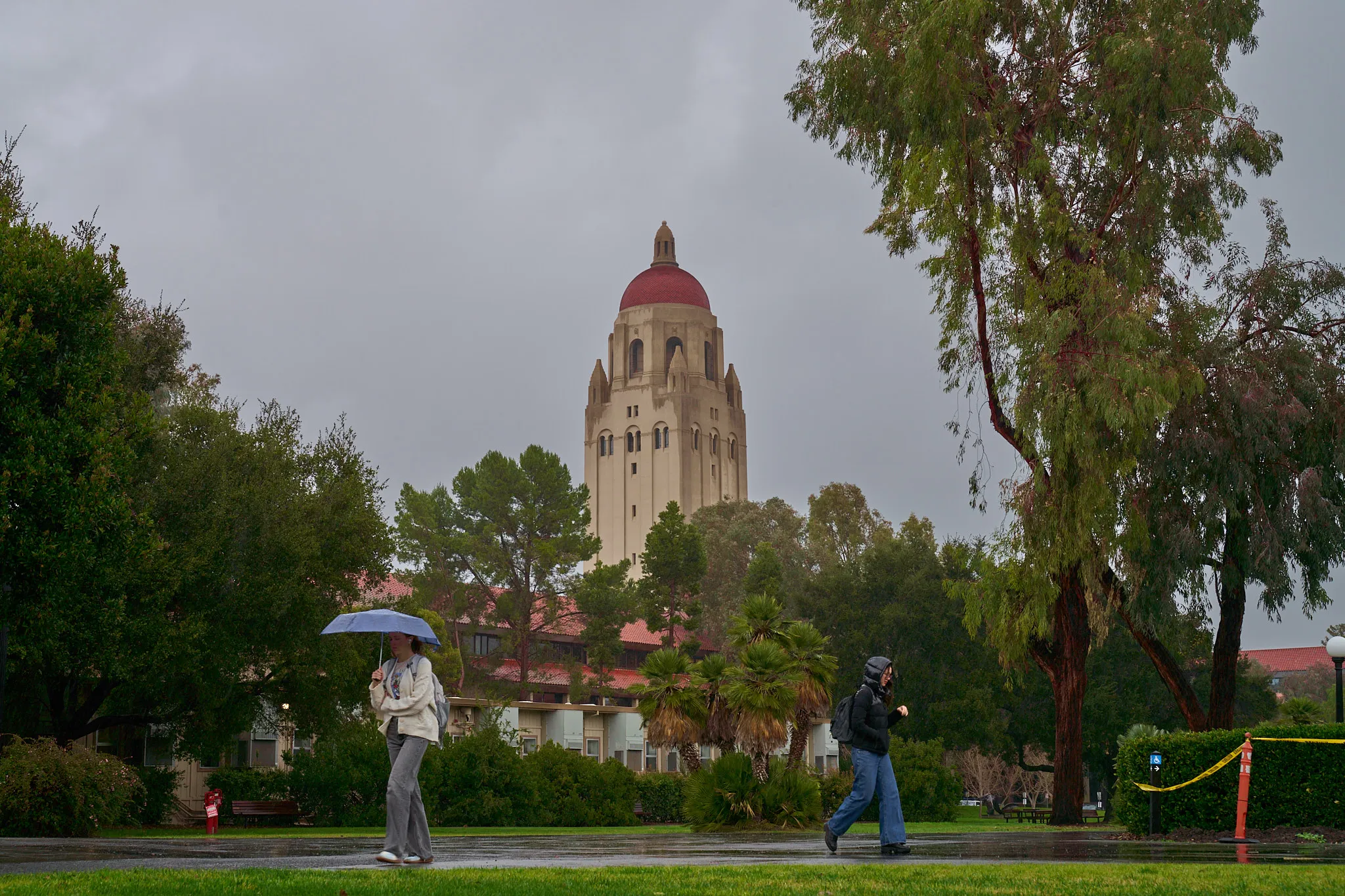Midday Monday, raindrops began to fall, upending the commutes of Stanford’s student body and coating the campus in a thin layer of water. Although Stanford’s weather is typically dominated by “idyllic” California sunshine, Bay Area winters often bring colder weather and rainy days.
So how much rain have we really received? Will Lake Lag fill?
Of course, cumulative rainfall isn’t the only way to measure the wetness of a given winter. Hours of rain can better explain how wet a winter felt.
So what does this mean for Lake Lag? Until the late 90s, Stanford redirected water from the nearby San Francisquito Creek to completely fill the lake. But since then, due to problems with the lining of the dam, along with an endangered salamander population present in the lake, the lake has not been artificially filled. The diversion from San Francisquito Creek was removed in 2019.
Even so, the lake still finds natural water during the winter months. Runoff from the nearby foothills and campus fills the bottom of the lake. Sometimes heavy rains can even fill it, like in Spring 2023 when a wet winter filled the lake almost to the brim.
Will the lake fill to that extent this year? It’s hard to know. Unlike 2023, the 2025-2026 winter is not designated as an El Niño event, which typically brings large amounts of rain to California. (2023 was the 5th strongest El Niño event in recorded history.) The Arborist is documenting daily water levels, and will continue to provide updates as the winter continues.
